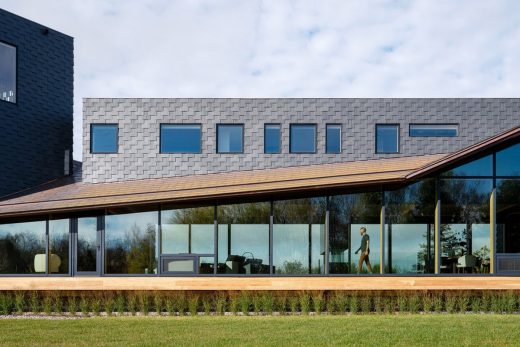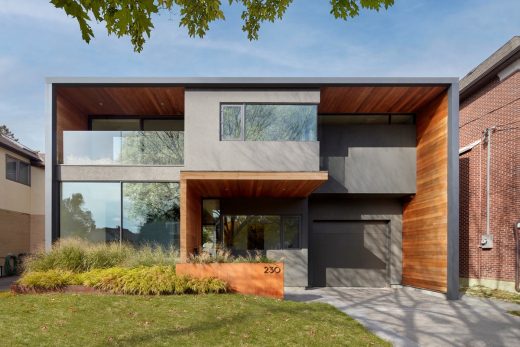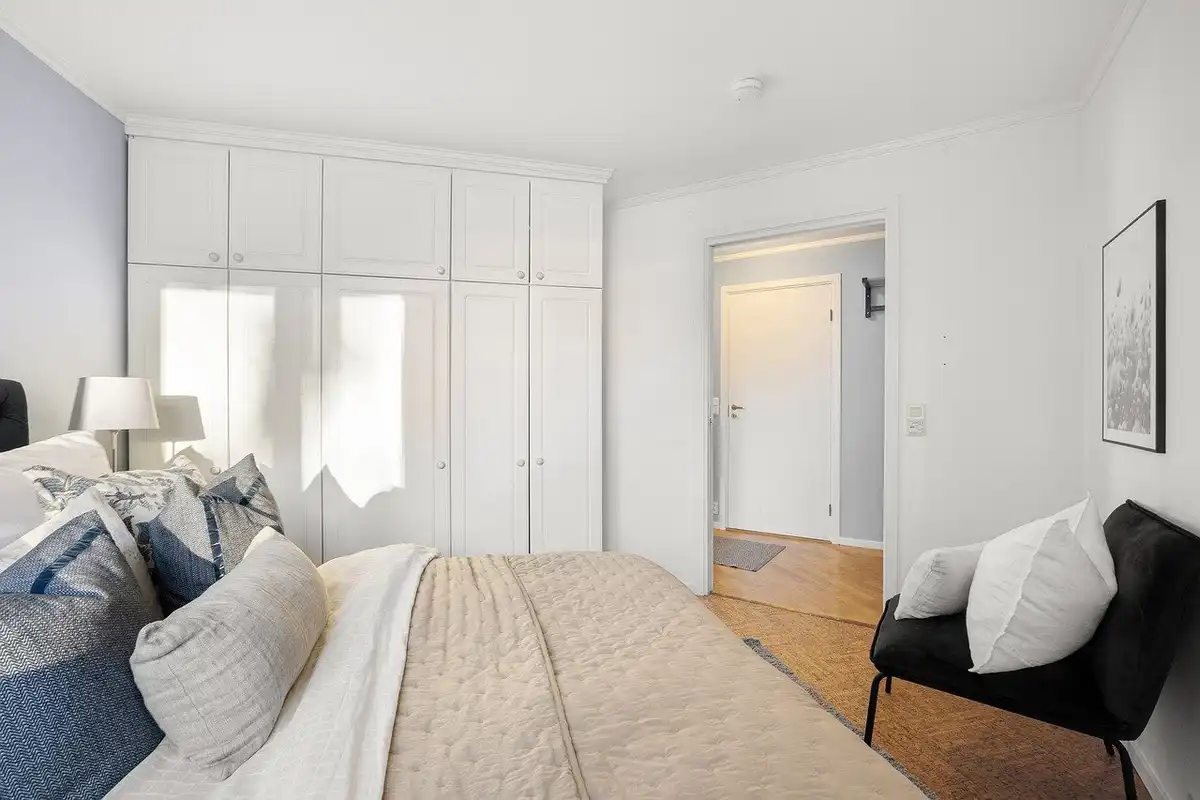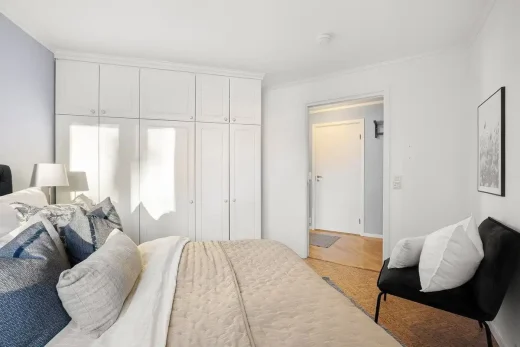Custom Homes Best Practices, Calgary property advice, Canadian residential building design
Building a Sustainable Future: Best Practices for Custom Homes
28 August 2024
Sustainable building practices are no longer just a trend; they are essential for anyone looking to build a custom home that is environmentally responsible, energy-efficient, and cost-effective in the long run. With growing awareness of climate change and resource depletion, more owners are seeking to minimize their environmental footprint while still enjoying the comfort and luxury of a custom-designed home. This blog explores green building practices that can help you achieve a greener, more efficient space.
Energy Efficiency: The Cornerstone of Sustainability
One key aspect of sustainable building for custom home builders in Calgary is energy efficiency. By designing your renovation to minimize energy use, you can significantly reduce both your carbon footprint and utility bills. Start with the building envelope, which includes walls, roofs, windows, and doors – and, high-performance insulation and energy-efficient windows are essential to maintaining a stable indoor temperature, reducing the need for heating and cooling.
Consider integrating renewable energy sources into your design. Solar panels are an increasingly popular choice, especially in sunny regions, and even in areas with less consistent sunlight, advancements in solar technology make it a viable option. Geothermal heating and cooling systems, which use the earth’s stable temperature to regulate your home’s climate, are another excellent choice.
Sustainable Materials: Choosing the Right Building Blocks
The materials you choose for your home renovation have a significant impact on its overall sustainability, so opt for materials that are renewable, recycled, or have low environmental impact during their lifecycle. For example, bamboo is a rapidly renewable resource that can be used for flooring, cabinetry, and even structural elements. Reclaimed wood is another excellent option, adding character and history to your space while reducing the demand for new timber.
Concrete, a staple in construction, can be made more green by incorporating recycled aggregates or using alternative cementitious materials like fly ash or slag, which reduce the carbon footprint of concrete production. Additionally, consider using locally sourced materials to reduce transportation emissions and support local economies.
Water Conservation: Building for a Drier Future
Water is an increasingly scarce resource, making conservation a key aspect of sustainable building; incorporating water-saving technologies into your custom home can significantly reduce water use without compromising on comfort. Low-flow fixtures, dual-flush toilets, and water-efficient appliances are standard in green designs.
Beyond fixtures, consider integrating rainwater harvesting systems into your design. These systems collect rainwater from roofs and store it for non-potable uses like irrigation and toilet flushing. Greywater recycling systems, which treat and reuse wastewater from sinks, showers, and laundry, can further reduce your water consumption.
Indoor Air Quality: Creating a Healthy Living Environment
Sustainability isn’t just about the environment; it’s also about creating a healthy living space for you and your family. Poor indoor air quality can have serious health implications, so it’s crucial to design your custom home with this in mind. Use non-toxic, low-VOC (volatile organic compound) paints, finishes, and adhesives to minimize harmful emissions.
Incorporate proper ventilation systems that bring in fresh air while expelling stale indoor air; heat recovery ventilators (HRVs) and energy recovery ventilators (ERVs) are particularly effective, as they maintain indoor air quality without compromising energy efficiency. Additionally, choosing natural materials like wool, cork, and natural stone can reduce the presence of synthetic chemicals in your home.
Site Selection and Landscaping: Working with Nature
Smart building extends beyond the walls of your space, and the location and landscaping of your custom home play a crucial role in its environmental impact. When selecting a site, consider factors like solar orientation, natural shading, and prevailing winds to optimize energy efficiency and comfort.
Landscaping should be designed to complement the local ecosystem and minimize water use. Native plants, which are adapted to the local climate and soil conditions, require less water and maintenance than non-native species. Xeriscaping, a landscaping approach that emphasizes drought-resistant plants and water-efficient practices, is an excellent choice for sustainable spaces in arid regions.
Smart Home Technology: Enhancing Sustainability
Incorporating smart home technology into your renovation can further enhance its sustainability; this is because automated systems can optimize energy use by controlling lighting, heating, and cooling based on occupancy and time of day. Smart irrigation systems can adjust watering schedules based on weather conditions, reducing water waste.
Monitoring systems that track energy and water usage provide valuable insights, allowing you to make informed decisions about your consumption habits. Over time, these systems can help identify areas where further improvements can be made, making your space even more green.
The Intricacies of Home Renovations
Building a custom home offers a unique opportunity to incorporate green practices that benefit both the environment and your quality of life – and as a result of focusing on energy efficiency, choosing materials, conserving water, ensuring indoor air quality, selecting the right site and landscaping, and integrating smart technology, you can create a space that is not only beautiful and functional but also environmentally responsible. Embracing these building practices is a crucial step toward a more sustainable future, ensuring that your home remains a comfortable and eco-friendly sanctuary for years to come.
Comments on this guide to Custom Homes Best Practices article are welcome.
New Canadian Houses
Contemporary Canadian Residences – recent selection from e-architect:
Forest Retreat, Caledon, Ontario
Architecture: Kariouk Architects

photo : Scott Norsworthy
Forest Retreat, Caledon, Ontario property
Shift House, North York, Ontario
Architects: Dubbeldam Architecture + Design

photo © Shai Gil
Shift House, North York, Ontario property
Canadian Building Designs – architectural selection below:
Building Articles
Residential Architecture
Comments / photos for the Custom Homes Best Practices page welcome






